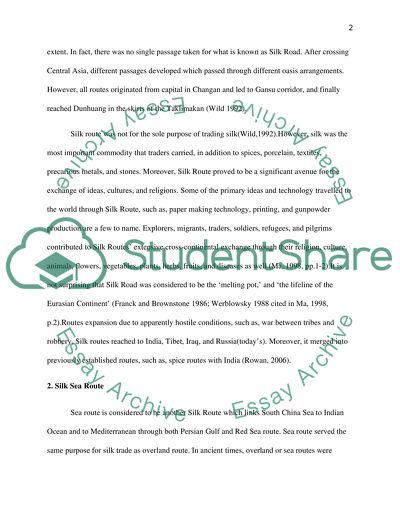Cite this document
(“Major Challenges along Silk Route Essay Example | Topics and Well Written Essays - 2500 words”, n.d.)
Retrieved from https://studentshare.org/history/1429164-major-challenges-along-silk-route
Retrieved from https://studentshare.org/history/1429164-major-challenges-along-silk-route
(Major Challenges Along Silk Route Essay Example | Topics and Well Written Essays - 2500 Words)
https://studentshare.org/history/1429164-major-challenges-along-silk-route.
https://studentshare.org/history/1429164-major-challenges-along-silk-route.
“Major Challenges Along Silk Route Essay Example | Topics and Well Written Essays - 2500 Words”, n.d. https://studentshare.org/history/1429164-major-challenges-along-silk-route.


